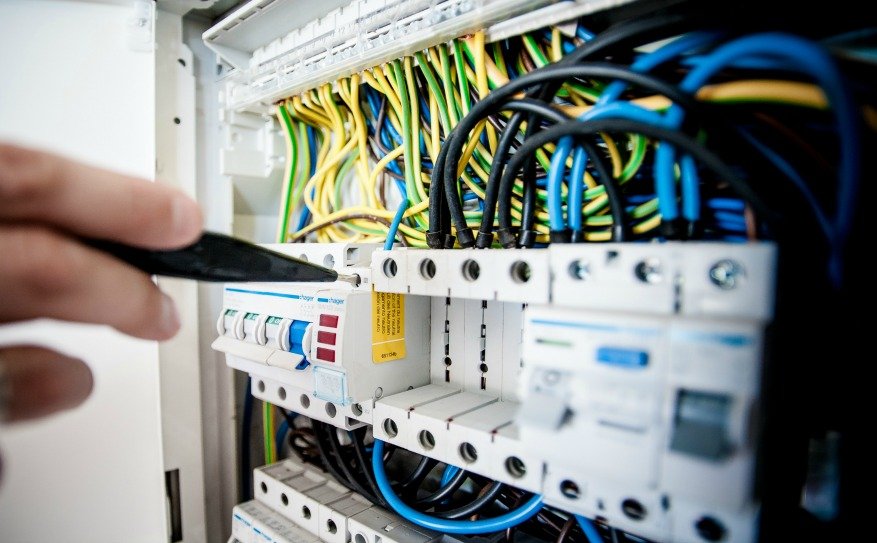Secure Your Network Against IoT Device Related Threats

IoT which stands for Internet of Things devices has added a whole new dimension to the ways in which networks can be targeted. IoT devices have tremendously increased the number of endpoints connecting to a network and therefore the risks they pose cannot be undermined in today’s digitally connected world. Hence various enterprises across the globe are coming up with new ‘network security’ strategies which will help them counter the security threats these IoT devices pose.
To understand how grave the situation might be if IoT devices are compromised, imagine this scenario: let’s say hackers gain access to the heat sensors within your enterprise’s building and start using it against you, say, by increasing the temperature within the server rooms, leading to the destruction of your company. Similar things can be accomplished if hackers can gain control over your air conditioners or security cameras or heat detectors and other such IoT devices.
See the extent of damage these IoT devices might cause when compromised? Therefore every IoT device while helping your enterprise in some way also brings along with it considerable danger which cannot be overlooked. So what can you do to improve your network security so that it stays secure against the dangers these IoT devices pose? Here are some suggestions.
1. Secure Authentication: Devices with the capability of communicating with each other should be allowed to do so only after they authenticate themselves. And care should be taken to ensure this authentication remains a secure one. Like, for example, employing “unique ID(S) and complex passwords”, which are not easily guessable.
2. Data Privacy: Communication between IoT devices and other systems should be secured using SSL/TLS protocols as doing so will prevent man-in-the-middle attacks when the data is in transit. Offer such protection will reduce the risks posed by these IoT devices greatly. Something enterprises which are exploding with various IoT devices these days cannot miss out on.
3. Ensure You Have The Latest Firmware: Keeping your firmware updated ensures you have the latest security patches and thereby reduces the chances of a successful attack greatly. When you update your firmware regularly, vulnerabilities and exploits will be fixed automatically. So never forget to do this.
4. Track and Assess Devices: Above all, you need to have an efficient system to track and assess every device connected to the network. Because doing so will help you determine the level of access every device should have, find out whether they’ve been patched up or not, detect unknown devices, if any, within your network and so on. All this vital information will help you preserve the integrity of the data within your network.
IoT devices are here to stay. And they are making huge strides in every industry. Especially healthcare. Therefore advising enterprises not to use them or to limit their usage is not a good advice at all. Instead, the (right) advice should be: devise and deploy a network security strategy which can successfully counter these IoT device related threats.